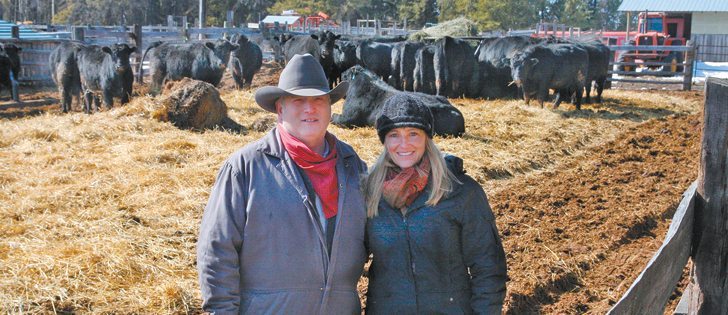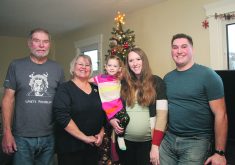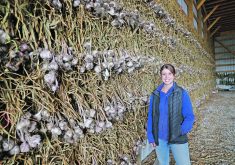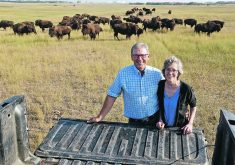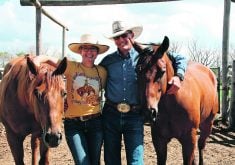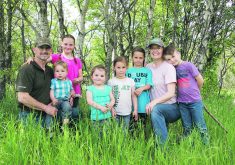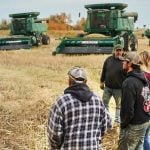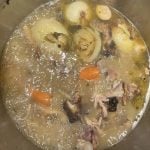BJORKDALE, Sask. — Scott and Marie Greenwood are making a habit of breaking the mould.
They’re entrepreneurs — as most ranchers are — but in the last year and a half, they’ve added online proprietor to their list of duties, using the internet to sell their natural grass fed beef across the province.
It’s a unique business model that doesn’t come with a handbook.
“That’s what we want to eat, so I thought, ‘I’m sure other people want to eat it,’ ” said Scott. “We’ve tried it and it’s taken off.”
Read Also

Open Farms Days shows urban Albertans where food comes from
Open Farms Days giving new perspectives to Albertans about agriculture
It’s a Saskatchewan-based story that begins in British Columbia.
The family made the trip, along with their three girls and a liner load of cows, from Prince George, B.C., to Saskatchewan in the mid-1990s after the province received a positive review from friends.
“This was very similar to what we left behind,” said Marie of the family’s home, nestled in a shady spot among pine trees outside of Bjorkdale.
Scott said the province offered the family what B.C. couldn’t: a chance to expand the business.
“We had a ranch over there, but we couldn’t expand. The land was too expensive,” said Scott, who also worked in the B.C. logging industry, a skill that came in handy once the family settled in Saskatchewan.
The family harvested trees on their property, hauling them to mills in Prince Albert, Sask., Hudson Bay, Sask., and Carrot River, Sask., to supplement income from their farm and ranch operations.
Scott eventually moved away from farming.
“I could see that this place was more suited to grass and cattle.”
He began to rebuild the herd.
“We sold everything that wouldn’t go into the cattle liner (when we moved),” he said.
Scott’s business has grown from the 30 cows he brought to 220 today. The family has expanded during a time when many of their neighbours were leaving.
“Within a 10-mile radius of our place, we figure there’s 1,800 to 1,900 cows that have left in the last thee years,” said Scott.
He credits some of his perseverance to thinking outside the box. First, he had success selling liner loads of calves online, which inspired his next move: raise cattle, finish them to his specifications, partner with a butcher and sell the product online himself.
That’s when Greenwood Springs Ranch made its online debut.
Today, the Greenwoods’ customers can use the family’s website to place orders for a variety of hormone- and antibiotic-free beef from cattle that were grazed on pesticide-free pastures. However, they’re not organic producers.
“Organic is a lot of paperwork. We are not paperwork people,” said Marie. “It’s got to be the best quality, but not by anybody but our own standards, which are higher than most.”
Adds Scott: “Every year I take out a pasture and I’ll work it down and seeds oats in there and then I feed the greenfeed off of that. That’s what they would get if they were to get anything other than grass.”
The Greenwoods use the website to make arrangements for pickups and deliveries.
With current market prices advancing, Scott estimates he receives a five percent premium over rail grade. This year, he expects to sell 50 cows this way, while moving another 150 through the commercial market.
His goal is to eventually be self-sufficient, which has him thinking again. Now he wants to build his own abattoir and bring the whole process in-house.
“I just like being independent. If you’re trying to sell into that auction market mentality, you’re not independent anymore,” said Scott. “You’re at their mercy, and I don’t like that.”

